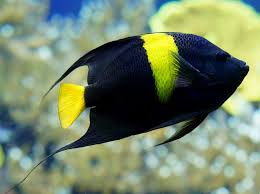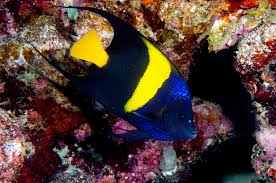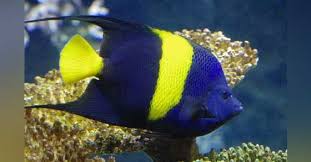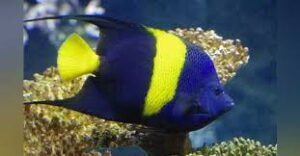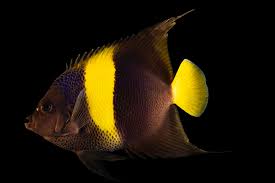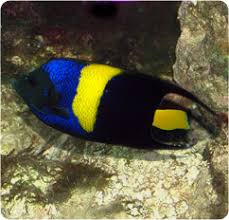Dragons in the Modern Chinese Fashion Industry: A Symbol of Tradition, Innovation, and Cultural Pride
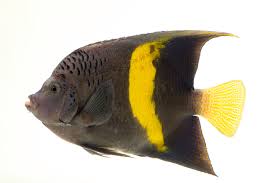
The dragon, an iconic creature in Chinese mythology, has long been a symbol of power, prosperity, and good fortune. As one of the most significant figures in Chinese culture, it has appeared in various forms of artistic expression, including traditional art, literature, and even architecture. In recent years, the dragon has found a new and exciting role in the modern Chinese fashion industry, where it serves as both a link to cultural heritage and a symbol of innovation. From haute couture to streetwear, the dragon motif is making waves in China’s burgeoning fashion scene.
In this article, we explore how the image of the dragon is used in contemporary Chinese fashion, highlighting its influence on designers, its role in global trends, and the unique ways in which it bridges the past and the future in China’s ever-evolving fashion landscape.
The Cultural Significance of the Dragon in China
Before delving into the world of fashion, it is important to understand the deep cultural roots of the dragon in Chinese society. The dragon is a symbol of strength, auspiciousness, and imperial power. In ancient China, the dragon was often associated with the emperor and the ruling class, serving as a representation of authority and divine power. The dragon’s presence in Chinese mythology and folklore imbues it with an air of majesty and mystery.
In modern times, the dragon remains an enduring symbol of Chinese identity, celebrated during national holidays such as Chinese New Year and the Dragon Boat Festival. It is a central figure in parades, festivals, and cultural events, continuing to evoke feelings of pride, good luck, and success. With its strong ties to Chinese culture and history, the dragon motif has naturally found its way into contemporary fashion, where it resonates with both local and international audiences.
Dragons in High Fashion: Bridging Tradition and Modernity
One of the most prominent places where the dragon motif appears in modern Chinese fashion is in high-end designer collections. Chinese designers have been incorporating traditional cultural elements into their collections, creating a fusion of East and West that speaks to both global and local sensibilities. In particular, the dragon, with its association with power and fortune, has become a popular motif in the collections of top Chinese designers.
Designers like Guo Pei, one of China’s most celebrated couturiers, have prominently featured dragons in their haute couture collections. Known for her elaborate and opulent designs, Guo Pei has used the dragon as a symbol of imperial elegance and grandeur. Her collections often feature intricate embroidery of dragons on gowns, with the mythical creature represented in bold, vibrant colors like gold and red—symbols of wealth and prosperity in Chinese culture. These dragon motifs are often paired with luxurious fabrics such as silk, satin, and velvet, further emphasizing their association with nobility and refinement.
Guo Pei’s work highlights how the dragon can be adapted to the modern fashion world while still preserving its cultural significance. By infusing contemporary designs with traditional Chinese symbols, she helps to preserve the essence of Chinese heritage while making it accessible to a global audience.
Another designer who has incorporated dragons into their designs is Wang Tao, the founder of the fashion label “Bananafish.” Wang Tao often blends traditional Chinese symbols with modern styles, and the dragon is a key feature in many of his collections. His designs are known for their bold use of colors and innovative silhouettes, with dragons often serving as both decorative elements and symbols of strength. The dragon motif appears on everything from jackets to accessories, showcasing its versatility as both a symbol of good fortune and a striking visual element.
These designers, among others, demonstrate how the dragon can be used in fashion to create a sense of grandeur and symbolism. The use of traditional motifs like the dragon in high fashion reflects the growing trend of “cultural revival,” where designers in China and around the world seek to reconnect with cultural heritage while creating innovative designs that appeal to modern sensibilities.
Dragons in Streetwear: Contemporary and Urban Expressions
While dragons are commonly associated with high fashion, they have also found their place in the world of streetwear, a more casual and urban style of fashion. The rise of streetwear in China has brought with it a new wave of creativity, where traditional symbols like the dragon are reimagined in bold, graphic designs.
Streetwear brands in China have embraced the dragon as part of their visual identity, often using it in oversized prints, embroidered patches, and logo designs. The popularity of streetwear in China has surged in recent years, particularly among younger generations who value individuality, comfort, and self-expression. For these consumers, the dragon represents more than just tradition—it is a symbol of power, resilience, and rebellion.
Chinese streetwear brands like “Li-Ning” and “Anta” have capitalized on the dragon motif, incorporating it into their sneaker designs, hoodies, and T-shirts. Li-Ning, a brand that has gained international recognition, is known for its collaborations with designers and artists that fuse traditional Chinese elements with contemporary streetwear aesthetics. In one collection, the brand featured dragon designs on sneakers, capturing the creature’s dynamic energy while appealing to a younger, fashion-forward audience.
The use of the dragon in streetwear allows for a more playful and accessible interpretation of the symbol. The dragon’s power and mystique are reimagined in a way that connects with modern-day youth culture, where individuality and uniqueness are prized. The incorporation of the dragon into street fashion also speaks to a larger trend in China, where young people are increasingly looking to blend traditional and contemporary elements to create their own distinctive styles.
The Global Influence of Chinese Dragons in Fashion
The dragon motif in Chinese fashion is not only a reflection of local trends but also a powerful force in the global fashion industry. As Chinese designers and brands gain international recognition, the dragon has become a symbol of Chinese identity that transcends borders. Designers from outside of China have also embraced the dragon, recognizing its appeal as a universal symbol of strength and power.
The international fashion community has increasingly sought to collaborate with Chinese designers, incorporating Chinese elements, including the dragon, into global collections. In 2019, Italian luxury fashion house Dolce & Gabbana featured dragon imagery in its Fall/Winter collection, paying homage to Chinese culture. The collection included dragon-embroidered jackets and dresses, and the dragon was used to evoke the spirit of luck and prosperity, aligning with the brand’s message of global inclusivity.
Similarly, global brands like Louis Vuitton and Gucci have incorporated Chinese-inspired designs, including dragon motifs, into their collections for the Chinese market. The dragon has become a symbol of Chinese luxury and elegance, with high-end fashion houses recognizing its importance in appealing to Chinese consumers. The dragon’s ability to represent both traditional Chinese culture and modern global luxury makes it a versatile symbol in the fashion industry.
The Role of the Dragon in Fashion Shows and Cultural Events
In addition to being featured in collections, the dragon plays an important role in fashion shows and cultural events. Fashion shows in China, such as the China Fashion Week in Beijing, often feature dragon-themed designs that celebrate the nation’s rich cultural heritage. The use of the dragon in these events connects the fashion industry with broader cultural movements, showcasing how fashion can serve as a platform for cultural expression.
At major events like the Shanghai Fashion Week and the China International Fashion Week, designers often draw on Chinese folklore and history, using the dragon to convey a sense of national pride and cultural continuity. The dragon is not just a visual motif—it is a representation of China’s place in the world of fashion, highlighting the country’s growing influence on the global stage.
In these settings, the dragon serves as both a creative element and a political statement. As China’s fashion industry continues to grow and gain global recognition, the dragon has become a symbol of the country’s cultural strength and its ability to innovate while remaining deeply rooted in tradition.
Dragons as Sustainable Fashion Icons
Another important trend in modern Chinese fashion is the increasing emphasis on sustainability. As sustainability becomes a key issue in the fashion industry worldwide, many designers in China are reimagining traditional symbols, like the dragon, to align with eco-friendly values. Designers are incorporating sustainable fabrics, ethical production methods, and recycling practices into their designs, and the dragon often serves as a symbol of resilience and renewal.
By blending traditional motifs with contemporary environmental consciousness, Chinese designers are creating fashion that respects the past while embracing the future. The dragon, often depicted as a regenerative and powerful force, becomes a symbol of sustainable fashion—one that combines cultural significance with ecological responsibility.
Conclusion: The Dragon’s Everlasting Influence in Chinese Fashion
The dragon’s presence in modern Chinese fashion is a testament to its enduring power as a symbol of culture, strength, and identity. Whether gracing the runways of haute couture fashion houses or appearing in the designs of streetwear brands, the dragon continues to play a prominent role in shaping the visual landscape of China’s fashion industry.
Through its ability to transcend time and cultural boundaries, the dragon has become a global fashion icon, linking the rich traditions of China with the dynamic, forward-thinking world of modern fashion. As Chinese designers continue to push the boundaries of creativity and innovation, the dragon will remain an essential symbol of their cultural pride, artistic vision, and connection to the world. The dragon in fashion is not just a symbol—it is a powerful expression of China’s past, present, and future.
